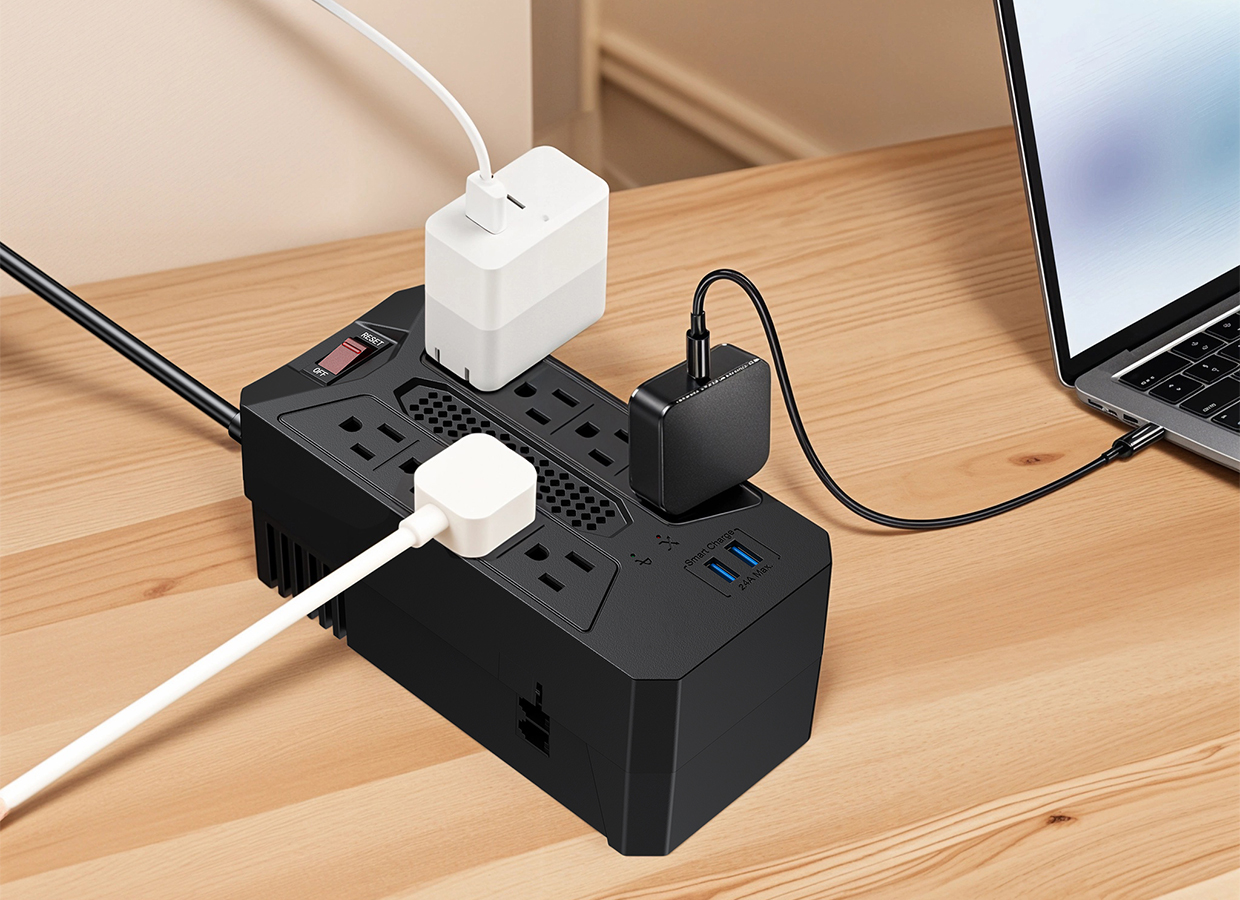110 Volt Voltage Stabilizer VS 120 Volt Voltage Regulator
Date:2025-05-15 Click:810
1. Key Differences in Functionality
- 110V Voltage Stabilizer :
- Designed to automatically maintain a stable output voltage (e.g., 110V) despite fluctuations in input voltage (e.g., 70V–130V range) .- Uses servo motors or electronic circuits (e.g., carbon brush or contactless technology) to adjust voltage dynamically .
- Ideal for regions with unstable mains voltage (e.g., rural areas or places with frequent voltage drops/surges) .
- Typically manual or fixed-output devices that adjust input voltage to a specific output (e.g., 120V) but do not compensate for ongoing fluctuations .
- Often used in testing environments or where a precise, fixed voltage is required (e.g., for equipment rated at 120V) .
2. Performance Comparison
| Feature | 110V Stabilizer | 120V Regulator |
| Voltage Range | Wide input range (e.g., 70V–250V) | Narrower input range (fixed output) |
| Response Time | Slower (mechanical adjustments) | Faster (solid-state or manual) |
| Accuracy | ±1–3% (stabilizes within range) | Fixed output (no dynamic adjustment) |
| Automation | Fully automatic | Manual or semi-automatic |
3. Applications

- Best for sensitive equipment (e.g., medical devices, CNC machines) in regions with unstable 110V supply .
- Suitable for long-term use in homes/offices with frequent voltage drops .
- 120V Regulator :
- Used for fixed-voltage needs (e.g., powering 120V appliances in the U.S.) or lab testing .
- Less effective for ongoing voltage fluctuations .
4. Technology Types
- Stabilizers :
- Carbon Brush : Affordable but requires maintenance (e.g., brush replacement every 8–12 months) .
- Contactless (Solid-State) : Faster, maintenance-free, and more precise (e.g., for high-end equipment) .
- Regulators :
- Often transformer-based or manual (e.g., variacs) with no dynamic correction .
5. How to Choose?
- For 110V Applications :
- If your area has voltage instability , choose a stabilizer with a 110V output range (e.g., 90V–250V input) .
- For high-precision needs (e.g., labs), opt for a contactless stabilizer .
- For 120V Applications :
- If voltage is already stable , a regulator suffices (e.g., for fixed 120V devices) .
- For testing , use a manual regulator to simulate voltage changes .
Conclusion
- Stabilizers are superior for dynamic voltage correction in unstable 110V/120V environments .
- Regulators are simpler tools for fixed-voltage output but lack adaptability .


